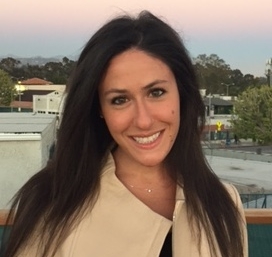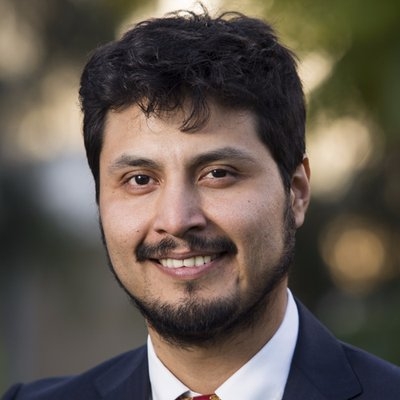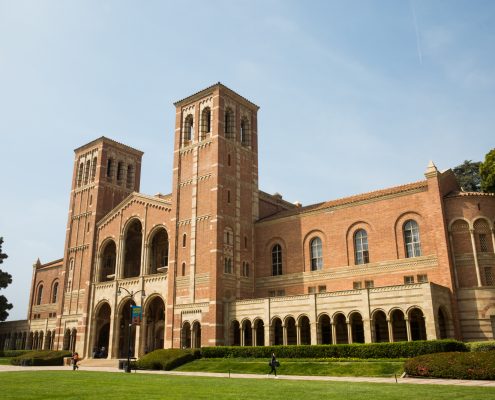Posts

Factors That Influence the Acceptance of Corruption in Brazil
By Sergio Guedes Reis, UCLA Master of Social Science ‘18 Citizens…

Fear Is a Party Animal
By Sarah Gavish, UCLA Master of Social Science ‘18 In…

Reading Between the Battle Lines: Decoding Values in Tweets About Gun Control
By Lara Drasin UCLA Master of Social Science 2018 Every…

First-Generation Students In Graduate School
By Berto Solis, UCLA Master of Social Science, 2018 First-generation,…

UCLA’s First Master of Social Science (MaSS) Cohort Graduates
By Lara Drasin UCLA’s new Master of Social Science…

